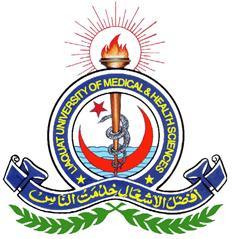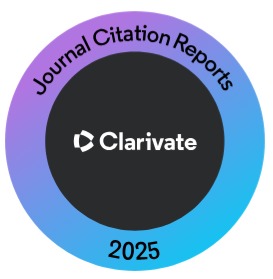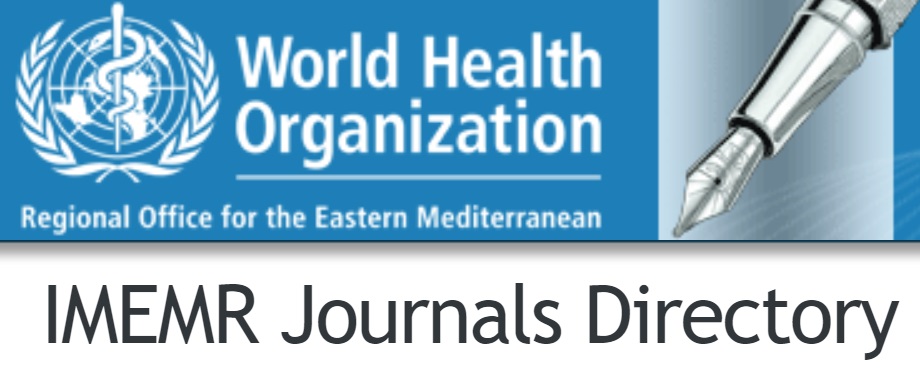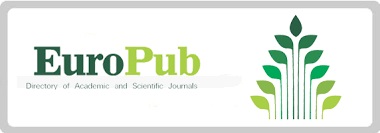Comparison of Outcome the Primary Repair Versus Ileostomy in Typhoid Ileal Perforation Patients
Abstract
Objective: To compare the outcome and usefulness of primary repair and ileostomy procedures in cases of typhoid perforation.
Methodology: This study conducted at Bolan Medical Complex Hospital Quetta; from November 2015 to May 2016. Total 150 cases of typhoid perforation included in the study and patients were divided into two groups of 75 patients each. In one group primary repair (group A) was done and in another group ileostomy (group B) was done. It’s a cross sectional comparative study and patients were evaluated for postoperative outcome of both surgical procedures. The Statistical software SPSS version 20.0 used for data analysis and p-value ?0.05 was considered as significant.
Results: The wound infection rate in patients with ileostomy was 24% (18 out of 75) and mean duration of wound discharge was 2.94±1.39 days. In the patients with primary repair the wound infection rate was 40% (30 out of 75) and mean duration of wound discharge was 2.76±1.38 days. The cosmesis acceptance rate in patients with ileostomy was 93.3% (70 out of 75 patients) and in patients with primary repair the cosmesis rate was 80% (60 out of 75 patients). In this study increased rate of postoperative complications seen in group A compared to group B and cosmesis acceptance rate is lower in group A compared to group B.
Conclusion: This study observed that ileostomy procedure plays an important role in cases of ileal perforation over other surgical options.
Key Words: Wound Discharge, Intra-Abdominal Collection, Ileostomy, Typhoid ileal Perforation.
Downloads
Published
How to Cite
Issue
Section
License
Submission of a manuscript to the journal implies that all authors have read and agreed to the content of the undertaking form or the Terms and Conditions.
When an article is accepted for publication, the author(s) retain the copyright and are required to grant the publisher the right of first publication and other non-exclusive publishing rights to JLUMHS.
Articles published in the Journal of Liaquat University of Medical & health sciences are open access articles under a Creative Commons Attribution-Noncommercial - Share Alike 4.0 License. This license permits use, distribution and reproduction in any medium; provided the original work is properly cited and initial publication in this journal. This is in accordance with the BOAI definition of open access. In addition to that users are allowed to remix, tweak and build upon the work non-commercially as long as appropriate credit is given and the new creations are licensed under the identical terms. Or, in certain cases it can be stated that all articles and content there in are published under creative commons license unless stated otherwise.























